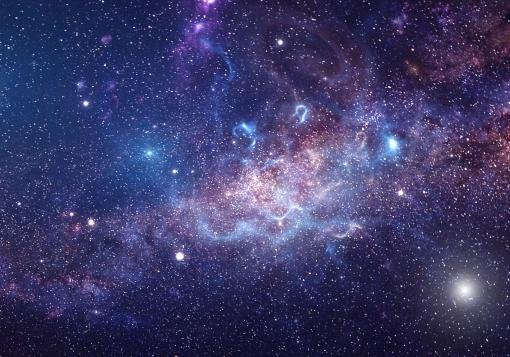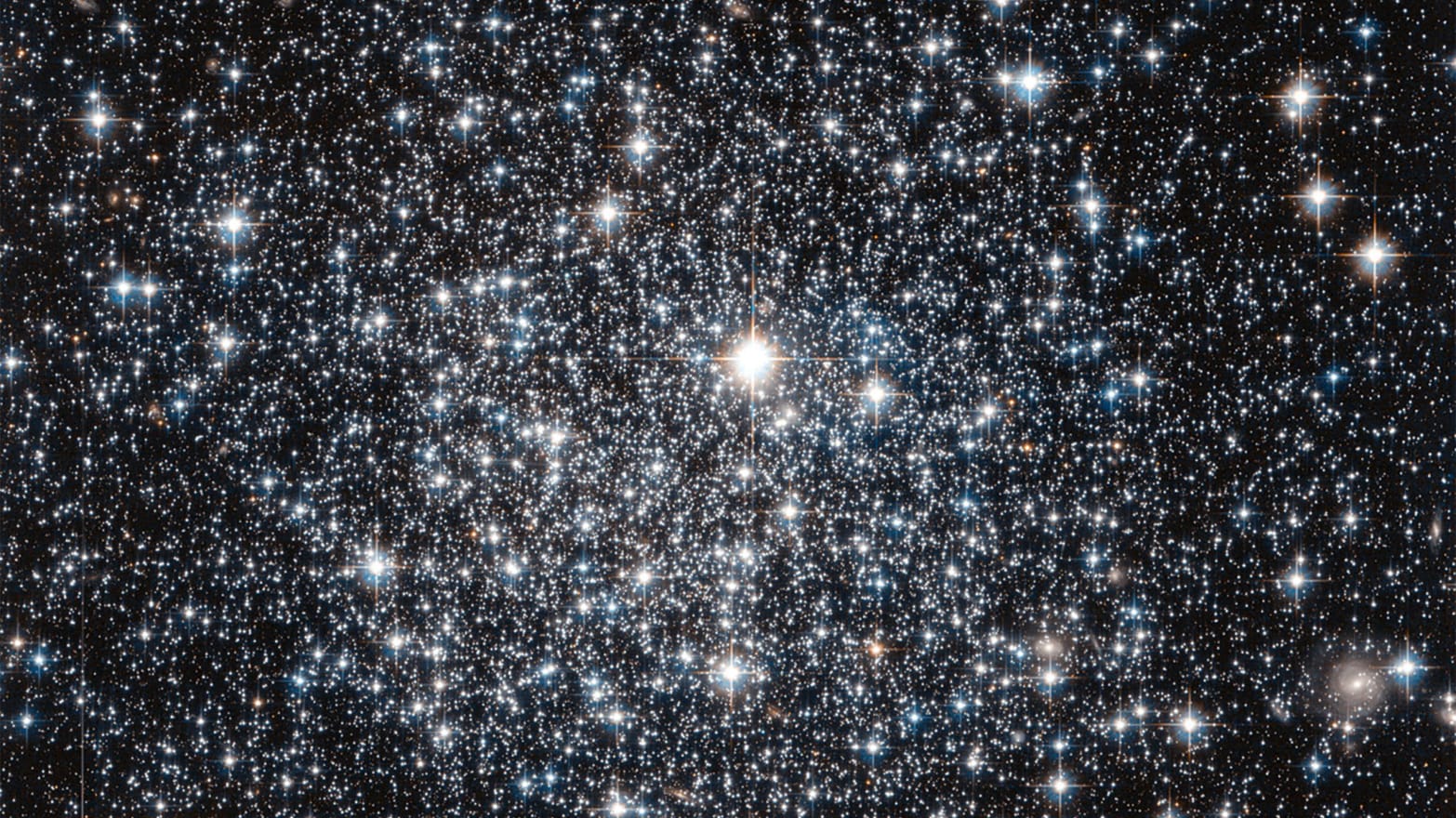
How big is the Universe? You must have thought about the universe. How big is the universe, this question must have stuck in your mind? It is the most exciting topic but complex. You will be astonished to know that our earth is a tiny part of the universe. You can’t even imagine how big is the universe? It will be more explicit through the following. We will understand it chronologically
Table of Contents
How big is the Universe?
Atmosphere

We will begin with the atmosphere. When we move 12 km above the ground, the troposphere ends. This layer holds about 80% mass of the atmosphere. At an altitude of 50 km, the stratosphere, the next layer of the atmosphere, ends. The ozone layer which protects us from harmful UV rays is present in this layer.
See also: How do rockets work?
Mesosphere, the third layer finishes at a height of 80 km. When we come 700 km above the ground, thermosphere, a thin layer with high temperatures ends, and when we reach the altitude of 10000 km, the exosphere ends. We have covered only a tiny part of the Universe. Get ready for more.
Solar System
After crossing the atmosphere, now comes our moon. Moon is 344,400 km away from earth. The distance between the earth and moon is considerable that 30 more piles of earth can be present between them. Suppose it is possible to travel from earth to the moon by car. Then, it would take 160 days to reach the moon, travelling at a speed of 100 km/hr.
See also: Lightyear one – Car on solar energy and Long-range electric car

If we want to travel to Mars, we will have to go about 225 million km (22.5 crore km) from the earth. Earth looks like a small dot from mars. It means light would also take 20 min to reach mars.
The nearest star to our earth is the sun that is 93 million miles away from earth. The space shuttle would take about seven months to reach the sun.
Voyager 1 Space probe

If we move farther, we can see the Voyager 1 Space probe, farthest spacecraft made by man. It is 138 AU (Astronomical units) away from earth. One AU means the distance between the earth and the sun. It moves at a speed of 17 km/hr. It will take more than 30,000 years to move out of the solar system.
See also: Theory of relativity | What is time travel and is time travel possible?
Interstellar Neighbourhood
Proxima Centauri

When we look out of the solar system, there comes the Interstellar neighbourhood. Here, the distance is measured in light-years, not in AU. One light-year is equal to the distance travelled by light in a year that is 9.461 trillion km. If we talk about Proxima Centauri, a star nearest to earth other than the sun is about 4.244 light-years away from the sun. If Voyager 1 tends to move toward this star, it would take 70,000 years to reach there.
Galaxies

Milky Way Galaxy
The stars that you see in the night including the sun are the tiny parts of the Milky way galaxy. It would take 100,000 years to move on the other side of it if we travel at the speed of light. There are more than 10,000 crore stars and planets.
See also: Flying Car – Flying Car Technology and Prototypes
Local Group
After zooming out, we can see a group of galaxies known as the local group of galaxies. It comprises of 54 galaxies. These are spread at a distance one crore light-years.
Virgo Supercluster
Zooming out further, there is a mass collection of galaxies known as Virgo Supercluster. The distance between the two ends is 11 crore light-years.
Laniakea Supercluster
But it is a tiny particle in front of another collection of about 1 lakh galaxies known as Laniakea Supercluster. Although the shocking distance from the earth is 52 crore light-years, it is also a small part of the Observable Universe.
See also: Bloodhound | Fastest Car in the World 2020
Observable Universe

Observable Universe comprises everything that we have studied till now: two lakh crore galaxies (2 trillion) and an infinite number of stars. The distance from the centre of the universe to any end is 4,650 crore light-years. It means the total length of the Observable Universe is 9300 crore light-years. It would take 9300 crore years for a ray of light to travel the observable universe.
See also: Top 7 Fastest Manmade Things in the World
Now, you must be wondering, what is next? What lies beyond this vast observable universe? Will you be shocked to know that is there anything beyond the observable universe? We can’t even imagine that because no one is aware of that. The light could not reach us from that far distance till now and may never reach us. Even if the human would exist for crores of years, there will be many places that would always be hidden from us. The truth about these places may not reveal anytime.
See also: Top 10 Fastest Cars in the World – Both Official and Unofficial
Apart from this, the entire universe could be vast than the observable universe. According to the Cosmic Inflation Theory of Alen Guth, the universe as the whole could be 150 sextillions (one fifty thousand trillion) time more massive than the observable universe. The distance is increasing very fast at speed more than that of light. The things, i.e. sun, stars, moon, etc. you are currently looking at in the sky is not our present, it’s past. It takes about 8 minutes for sunlight to reach the earth’s surface. It means the sun you are looking at is 8 minutes older.
You must be astonished to know how big is the universe. Now it must also have cleared, how big is the universe. I hope you have liked this article about ‘how big is the universe’ and will share it with your friends.
See also: Top 12 Fastest Land Animals in the World

